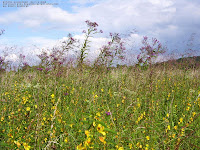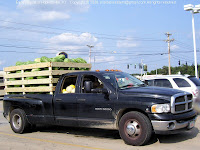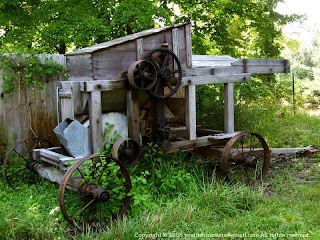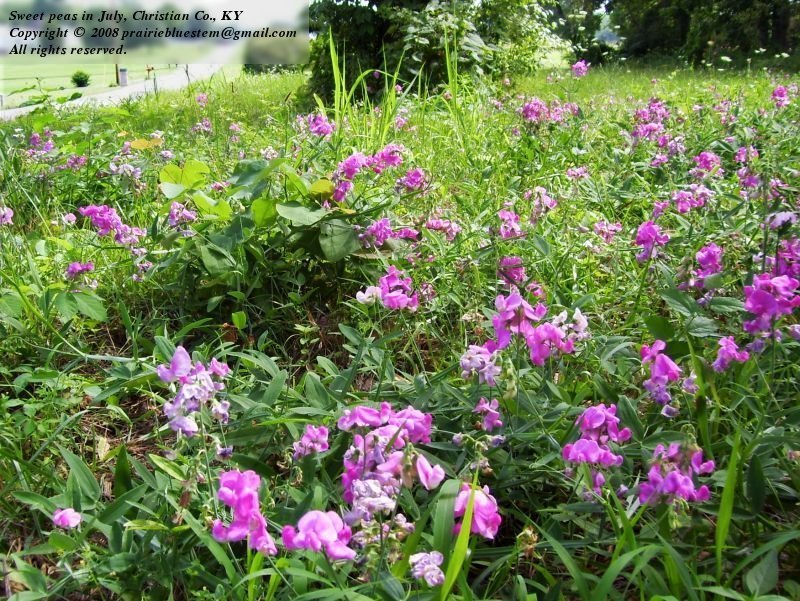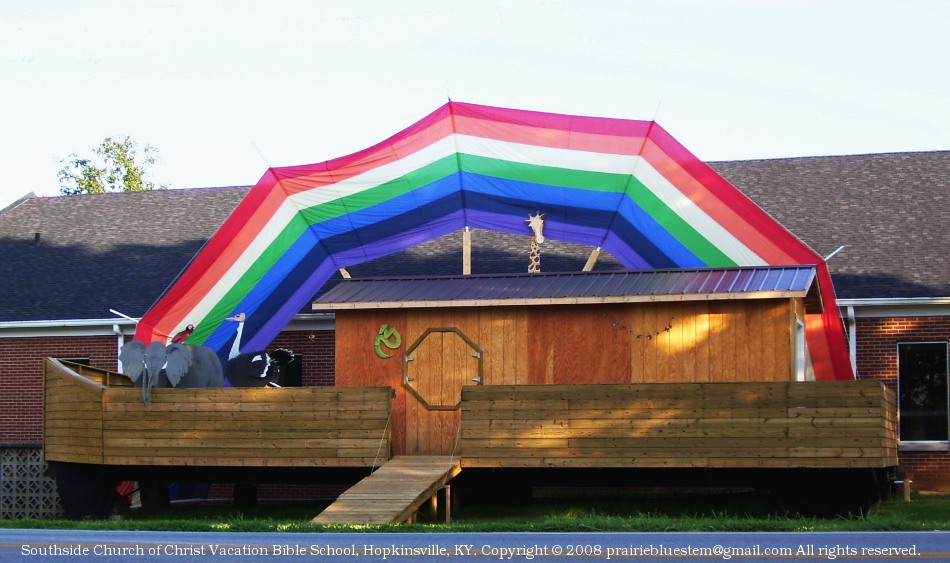The Duff school, bank, and E.U.B. Church
Duff, Nebraska, was located in the southern part of
Rock County, in a broad Sandhill valley. Drained by the Bloody and Skull creeks, the area was originally called the Bloody Valley and now is known as the Duff Valley. The Duff road turned off to the west from Highway 183, about 26 miles south of Bassett.
By the time that we moved to Duff, Nebraska in 1957, the Duff store was closed and the Duff post office had been gone for several years. The post office operated from 1886 to 1901, closed briefly, and then was open again from 1903 to 1953, according to
Perkey's Nebraska Place Names by Elton A. Perkey (copyright 1995, Nebraska Historical Society).
I attended Duff Valley District 4 school which was still in its original building, 3 miles west and 1 mile south of Highway 183. The records of attendance in the attic of the school building went back to the late 1800s, when the old people of the community were school children.
The Eldon Horner family lived in the old Duff bank building, about 1/2 mile northeast of the school. My friends and schoolmates, the Horner girls, had their bedroom in the room where the bank had done its business. This is what the Horner girls told me. I don't know when or how long the bank was in business.
The old store building was 4 miles west of Highway 183. Forest Saar lived in the storekeeper's quarters in the back, and the Duff Evangelical United Brethren (E.U.B.) Church met in the big room in the front of the building where the store had been. In the pasture just west of the building, there was a concrete cellar (I am sure it was concrete and I believe it was a cellar). It was all that remained from an earlier store that had burned. (See this link which mentions
the Duff Store in 1910. )
The congregation of the Duff E.U.B. Church was very small. I think that on a good Sunday, we might have had 30 people. Some of the people in the valley went to the Methodist church in town, another family or two were Catholic, and others didn't go to church at all.
Our pastor, Brother Harold Koelling, served three country E.U.B. churches, of which the Duff group was the smallest. In 1962, the Duff church was consolidated with the
Rose E.U.B. church. (Sadly, the Rose Church is also now closed.)
I have a fairly clear memory of the little Duff church. The room was quite large with wooden pews on both sides of a central aisle. At the front on the right side were the pulpit, a piano, and a communion table with the words "In Remembrance of Me" carved into it. I confess that I thought Arthur Zlomke was the "Me" of that phrase. A metal plaque on the bottom crosspiece of the table clearly stated that the table had been donated in his memory.
A low table and some chairs occupied the area at the left front of the room, where the children's Sunday School class was held. Between the Sunday School table (on the left) and the pulpit (on the right), there was a door that opened to Grandpa Saar's living room. He often came through the door and joined the congregation when it was time for the worship service to begin.
Grandpa Saar was a generous man. Besides giving the space for the church in the front of his building, he also loaned his kitchen and living room for Vacation Bible School classes. His living room window looked out into a lilac bush that was often in bloom during VBS week. One year, a bird had built its nest right against the window, and we could look into it from Grandpa Saar's living room and see the little blue eggs.
(I speak of "Grandpa" Saar because he was the grandfather of the "Saar kids," all of whom I knew well. Marion Saar's four children were my third cousins on my mother's side, and their cousins, Bill Saar's three sons, were
relation's relation to me from another side of the family. In addition to all that, all of us were neighbors in the Duff community.)
I remember one series of revival meetings at the Duff Church very well. The evangelist was a man named Elmer Reimer and he was from South Dakota.
Brother Reimer had a collection of crystal wine glasses of all shapes and sizes. He had them lined up on a table, and each glass had a different amount of water in it. He talked about how the glasses had been converted from their former wicked life of serving alcohol to a new life of service to God. Then he wet his index fingers a little and ran them around the rims of the glasses to make a vibrating, resonating musical sound. By switching from glass to glass, he could play hymns and even create harmony. I can still hear the thin, high, warbling sounds.
When I drove through the Duff community several years ago, the Duff church was completely gone. I would never have guessed there had ever been a building there. Before long, no one will even remember it.
Related:
Photos of the Duff Valley
Henry Seier's history of Duff
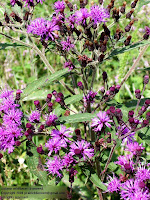 When I got home, I decided to look up a little information about Joe Pye weed -- and that's when I discovered that this flower is actually ironweed. Boy, do I feel silly. "Ah orta node." (I'm lapsing into dialect to draw attention away from my red face.)
When I got home, I decided to look up a little information about Joe Pye weed -- and that's when I discovered that this flower is actually ironweed. Boy, do I feel silly. "Ah orta node." (I'm lapsing into dialect to draw attention away from my red face.)
